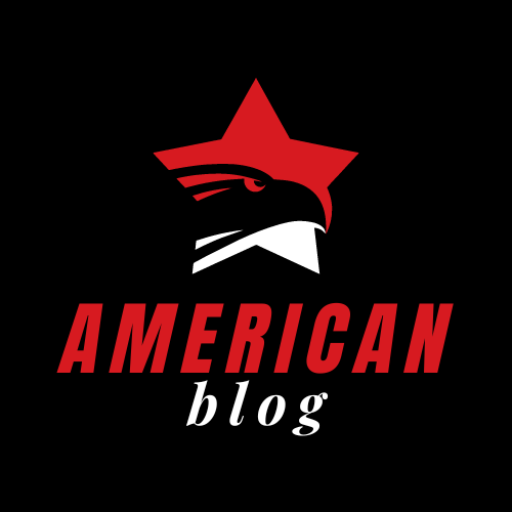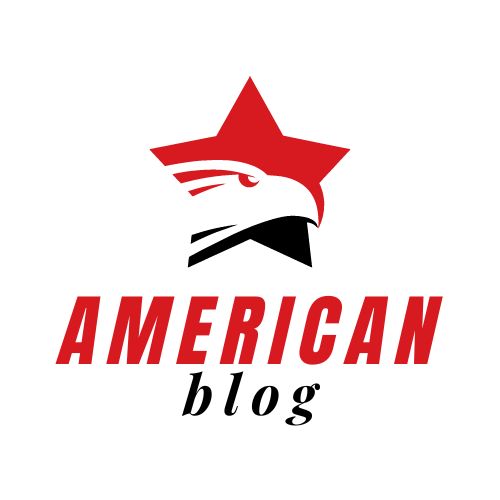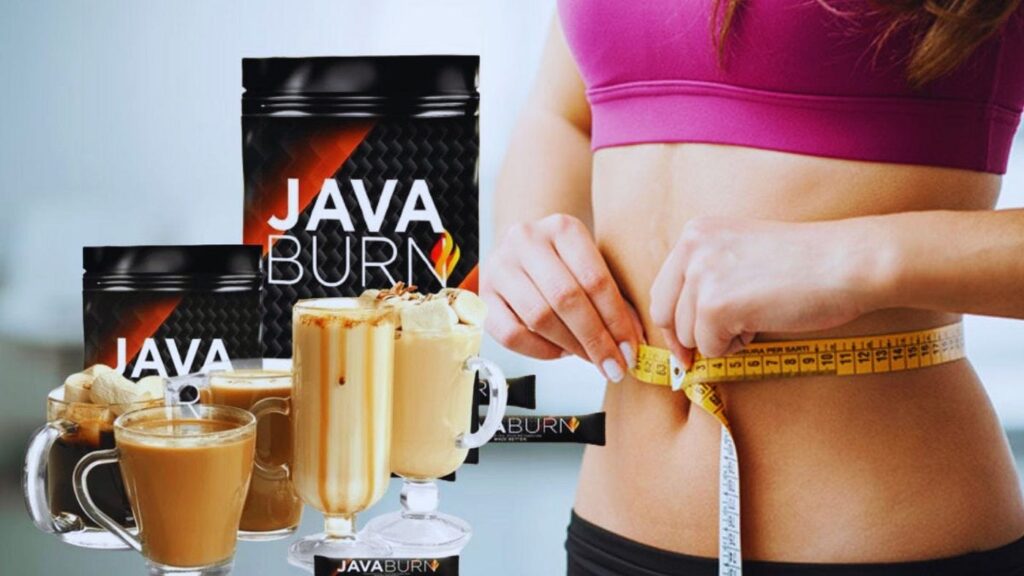 I have completed the task of washing pillows in the past; however, my most recent goal was to not only clean them but also whiten them. The yellowing of our pillows, pillow covers, and mattress pads is caused by the accumulation of body oils, perspiration, and other substances over time. As a consequence of my experimentation with a variety of methods, I would want to share my findings. Another one of my wacky inventions may be found on this page.
I have completed the task of washing pillows in the past; however, my most recent goal was to not only clean them but also whiten them. The yellowing of our pillows, pillow covers, and mattress pads is caused by the accumulation of body oils, perspiration, and other substances over time. As a consequence of my experimentation with a variety of methods, I would want to share my findings. Another one of my wacky inventions may be found on this page.
Okay, let’s begin with the disclaimer, shall we? My pillows have been cleaned and dried, and as we all know, drying causes stains to become more permanent. As a result, I was aware that I would face certain difficulties before beginning my… Our pillows are like this, and mine is a shade of white that is somewhat off-white to begin with. It is difficult to detect the yellowing stains in this picture, but I assure you that they are there, and you will see more of them in the photographs that are to come… In addition to this, I cleaned the covers of my pillowcases in order to conduct a test to see how well this would work with them, as well as maybe with mattress pads.
The first thing you should do anytime you wash your pillows is to clean two at a time. This will help your washing machine maintain a balanced load. (Look at how yellow they are; it’s revolting.)
The settings – in order to get rid of stains like this, you need to set your temperature to the highest setting you have, the fullest load, and then pick the soak option if you have one. In the event that you do not own a soak, you will be required to load your washing machine with water and then terminate the machine in order to allow it to soak.
As an alternative to bleach, I added one cup of hydrogen peroxide to the mixture for the first time I performed the process.
Vinegar, which is 1/2 cup in volume, is a natural cleaning that also acts as a fabric softener and dissolves down stains.
Note from the Editor: This article discusses the use of vinegar in conjunction with hydrogen peroxide. It is OK to engage in this conduct so long as you do not combine them in the same container (like a bottle), but rather make use of them in sequential order. A corrosive acid known as peracetic acid is produced when hydrogen peroxide and vinegar are combined. This acid has the potential to cause damage to the skin, eyes, nose, throat, and lungs.
And a quarter of a cup of fruit juice. In addition to adding a pleasant lemon scent, lemon juice is acidic, therefore it has the same properties as vinegar.
The pillows should be allowed to soak for thirty minutes, after which they should be flipped to ensure that both sides are saturated for another thirty minutes.
I did not feel content with the way things were going after thirty minutes, so I added another cup of hydrogen peroxide. I noticed that my washing machine is a rather big one, and I was not pleased with how things were going. The size of the washing tubs that people have varies, so it is important to take that into mind. After all was said and done, I used two cups of hydrogen peroxide, half a cup of vinegar, and a quarter cup of lemon juice.
After adding the detergent of your choice to the washing machine, proceed with the regular wash cycle.
Examine your pillows by pulling them out of their cover. In the event that they are sufficiently clean, as mine were, you should put them in the dryer. If this is not the case, you may need to begin again and soak, or you might try one of the other methods listed below.
It took around half an hour for my pillows to dry after I set my dryer to the lowest setting possible.
Here is how they turned out, and I must say that I was really satisfied with the completion of the project.
Have I tried anything else? (and the reason for it is because this one is color safe)
Once again, these pillows had been cleaned and dried before being presented to you. Here is the second set of pillows. A combination consisting of one cup of laundry detergent, one cup of washing soda, one cup of borax, and one cup of Castile soap was added to the washing machine after I had put the pillows inside. After soaking for half an hour, turning the pillows over and soaking for another half an hour, and then running the wash cycle, the following is how they turned out:
In spite of the fact that it made a difference, one of the pillows was still yellower than I would have preferred.
Once everything is said and done, these are excellent alternatives to bleach if you are interested in avoiding the use of chemicals. Additionally, it may be used on mattress pads, pillow covers, and pillows.
I would be delighted if you could visit my site, Chas’ Crazy Creations, where you can not only find the whole instruction but also sign up to get updates on my most recent creations, blogs, recipes, exclusives, and more…







